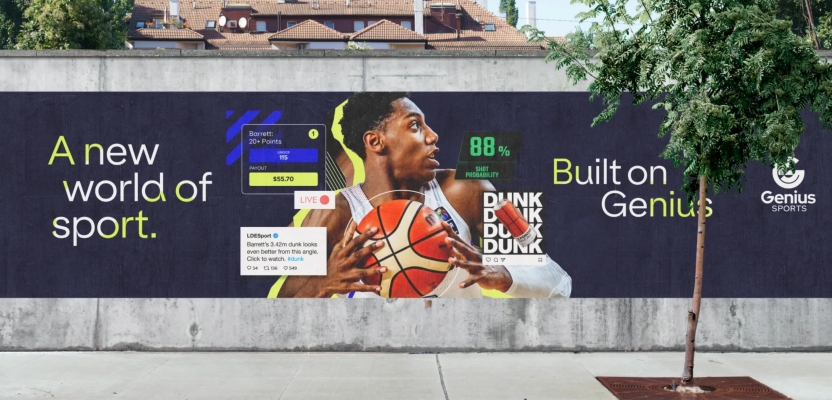For this week’s spotlight, we spoke to Ben Bush, Partner and Head of Strategy at The Frameworks, to discuss their new proposition, “Reinvention,”. This focuses on how building a winning business is fundamentally creative. It’s about imagining a future and asking what choices can make that a reality including engaging creative, strategic thinking in C-suites.
How was your company born and where are you based?
Terry Brissenden founded The Frameworks 1989. At the time he was the UK design lead for IBM, and, while he’s still involved in the business as our CEO, it’s his influence on our ethos of strategic creativity that’s perhaps been most telling over the past 35 years – and that’s as strong today as it ever was.
I joined the business about 15 years ago, starting in a role that straddled both brand strategy and copywriting. Over that time, I’ve helped evolve the strategy function (without ever completely stepping away from content development) and I’m now one of three partners running the business on a day-to-day basis.
We’re based in Shoreditch, with a US outpost in Chicago.
What was the biggest challenge to the growth of your company?
Most of our initial growth was through word of mouth (the ex-IBMer community has been a particularly important network for us), but that’s not the most sustainable path. Like many agencies, though, we sometimes struggle to prioritise and invest in our own marketing. It’s only in the past few years where we’ve really focused on our own awareness and demand-generation.
Which was the first huge success that you can remember?
At a personal level, moving to The Frameworks made me realise how important it was to foster a culture of respect and reward. I don’t think I’d really experienced that before, so that felt like a massive win. I’ve done what I can to maintain that kind of culture as I’ve taken on more responsibility.
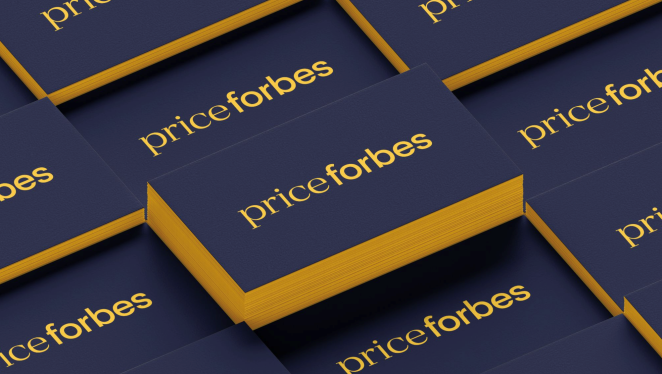
On the work front, not long after I joined the business I brought in a client through a personal connection, so that felt important in its own right. But work we did in that project for Yokogawa was pretty inspiring, both in its creative elegance and in the difference it was making to the client’s mindset, confidence and – ultimately – culture. It made me realise just what a difference creative thinking could make in the B2B world. After 12 years, we’re just returning to the brand strategy and the core idea has lost none of its underlying edge.
What’s the biggest opportunity for you and your company in the next year?
In the past few months we’ve launched a new B2B Reinvention offer. It’s a way of us acknowledging the blurred lines between brand, marketing and business strategy by creating a framework that allows us to help businesses channel their own creativity and make choices that they might not otherwise have considered.
In today’s rapidly changing business environment I think more and more businesses will look to leaner, more creative partners to support their business strategy, where before they might have felt heavyweight management consultancies were their only option. I’m excited about playing a part in the decisions that take place before the branding brief is signed off.
(That said, there are loads of immediate opportunities around the use of AI in lead-gen, ABM and sales support, and we have built up strong capabilities in this area. This is an opportunity we didn’t know about 18 months ago, so let’s see where that takes us!)
Can you explain your team’s creative process? What makes it unique?
For all my love of language and creativity, I actually studied engineering and computing at university, and it’s the rigour of our creative processes that really appeals to me. I love that they leave ample room for free thinking, while at the same time ensuring we’re being genuinely analytical in our approach and judgment calls.
Our core creative process steps through four key phases: Think, Frame, Make and Work. The details of what happens at each stage will vary depending on whether we’re working on a brand refresh, a campaign strategy or a discrete digital experience, but the general flow remains the same. “Think” is all about detailed research and insights. “Frame” is some kind of strategic foundation (a brand platform, perhaps, or a value prop matrix). “Make” is the core creative thinking. “Work” is the actual delivery, typically content development and activation (although sometimes just guidelines so in-house teams or other agencies can pick things up).
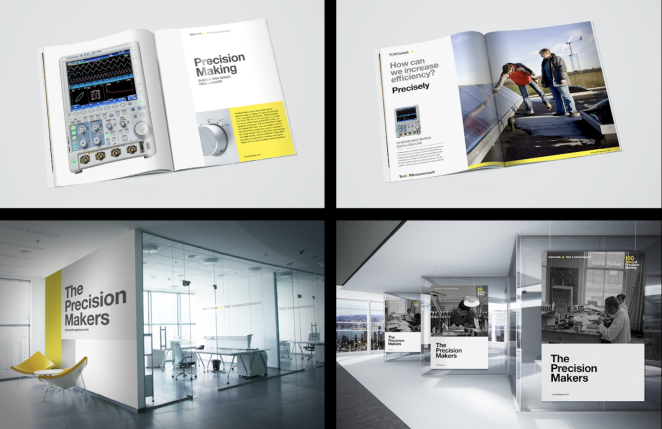
Is this unique? Perhaps not, but I’d like to think it’s more than just a process. It’s so ingrained in the way we do things that it’s more of a cultural mindset: a framework for articulating and solving problems that we can apply to any situation and that, in turn, imbues the recommendations we make with confidence and authority.
B2B Reinvention operates in the same kind of way, although here the primary focus is helping to stimulate and channel our clients’ imagination rather than our own. The principles are very similar, though: it’s about rigorously defining strategic foundations and problems that need solving, imagining different ways to address them and asking what conditions would make each option most likely to succeed. Add a layer of research to look into whether those conditions or assumptions are valid, and you have a simple but powerful framework for creative problem solving at an enterprise scale.
How does your team remain inspired and motivated?
Mainly by inspiring and motivating each other. This can manifest in a few different ways.
We recently codified our employee value proposition built around the idea of us being “challenging people” (in the nicest possible way). And I genuinely believe the team thrives on being challenged – and challenging each other.
One of my passions outside the business is puzzles of various kinds and, although I haven’t quite managed to create any new cryptic crossword addicts among the team, there’s a definite taste for a challenge among the business, whether it’s a bit of fun – escape rooms, quizzes and poker games rear their heads every few months – or something more work-oriented.
The design team recently kicked off an initiative called “Think, Frame, Make it up”, a fun new variation on PowerPoint Karaoke. One of our creatives finds an interesting rebrand, typically one being used as a case study by another agency. They repackage the work as a creative presentation in a fairly standard template. And then another member of the team has to present it sight-unseen. It’s obviously pretty nerve-wracking for the presenter but it’s clearly also a stimulating, motivating and bonding exercise.
I would say that’s typical of the attitude we have to supporting and challenging each other across the board. (I’m just glad I haven’t been asked to present blind like this. Yet.)
How has COVID-19 affected your company?
It was pretty hairy for a while – that much uncertainty is never fun – but on balance it’s had a pretty positive legacy.
Culturally, we feel like a closer knit team now. We made a point of having daily Zoom stand-ups from the first lockdown onwards – we still do them today – which meant we all engaged with more of the wider team than we did before. We’ve done what we can to make sure the connections we made in those years have continued.
The most obvious impact, though, is the practical way we work. Pre-Covid we had a fantastic office: split over two floors of a converted warehouse in Butlers Wharf, complete with a huge outdoor terrace and a barbecue. But in those days, we’d routinely have 20+ Frameworkers and a steady flow of clients in the office every day. Now, we’re fully flexible, and although it feels like people are coming in a bit more often, if there’s 10 of us in that counts as a busy day.
So we made the decision last year to relocate to a flexible coworking space in Shoreditch. It means we’re mixing with other people and – more importantly! – have a load more lunch options. Most importantly, though, there’s more buzz and energy than we had when we were rattling around in a space that had become too big for us.
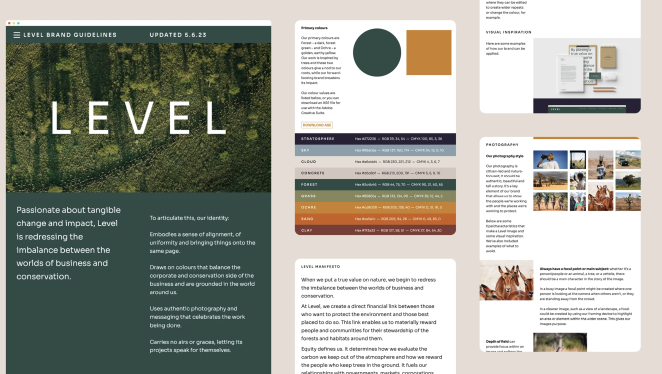
Business-wise, things have been pretty steady. And it feels like we’re on a healthy growth trajectory this year. We travel a lot less than we used to, but probably do more work outside the UK than ever before. Clients have become pretty agnostic from a geographical point of view.
Which agencies do you gain inspiration from? Do you have any heroes in the industry?
I think collectively we might cite the likes of IDEO, Pentagram and SY Partners, as agencies that have consistently proved what strategic creativity can deliver. But I’m not sure we look to them specifically for inspiration: I think that can come from anywhere. I’m consistently amazed and delighted at the eclectic examples the team brings forward, particularly if we’re in a divergent, moodboard kind of phase.
What is one tip that you would give to other agencies looking to grow?
Find time to think about your own brand and marketing. It won’t happen by accident.
How do you go about finding new clients/business? (Pitching, work with retainers, etc.)
We have what I think is a healthy mix of marketing streams in play now, from SEO and Google ads, through to PR, outbound prospecting and some LinkedIn campaigns. As a result, we have a steady stream of incoming enquiries, introductory meetings and RFP opportunities. The mix of activities is always evolving – a couple of years ago, for instance, we relied far more heavily on email marketing – because we recognise the need to look at what’s working and be practical when something isn’t delivering what we need.
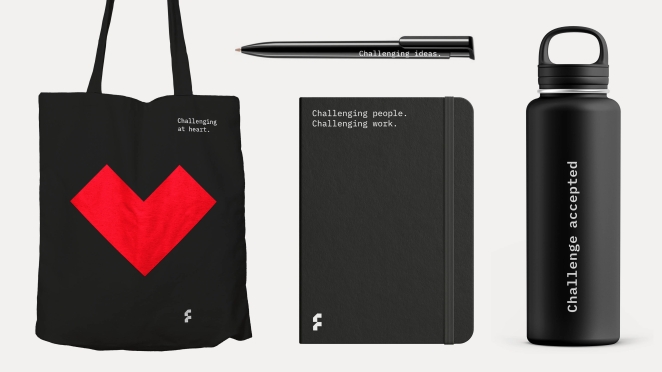
When we get in front of people, we’re generally pretty successful, especially if people are in a place when they recognise the need for a level of strategic input that goes further than what you might get from a traditional agency partner.
What’s your one big hope for the future of the industry?
That human ingenuity will continue to sit at the heart of problem solving, authentic engagement and business success. I’m pretty confident it will.
Do you have any websites, books or resources that you would recommend?
In no particular order, a few sites and titles from my Frameworker colleagues:
The Subtext for brand writing. Design Lobster for general creative stories and inspiration. Sonder & Tell for their weekly newsletter and their commitment to community. Michael Johnson’s Branding in Five and a Half Steps and Now Try Something Weirder. Stefan Sagmeister’s “ridiculously creative and gorgeous” Things I Have Learned In My Life So Far. Pete Barry’s The Advertising Concept Book, not least for its advocacy of the good old pencil and paper when it comes to visualising concepts.
Personally, my day isn’t complete unless I’ve found time to solve the daily cryptic crossword in The Times (of London). Consistently challenging. Often surprising. Always rewarding. (The New York Times equivalent is good fun, too, although a very different beast.)

